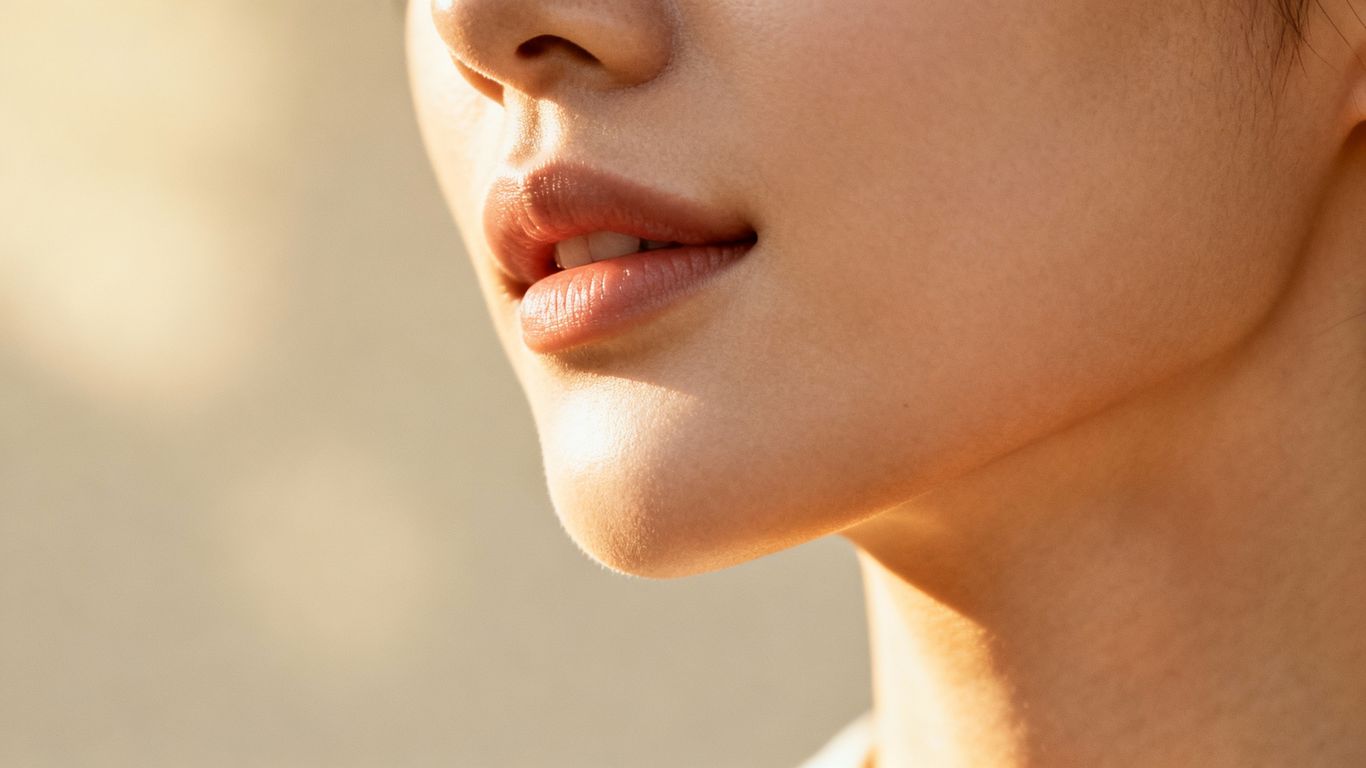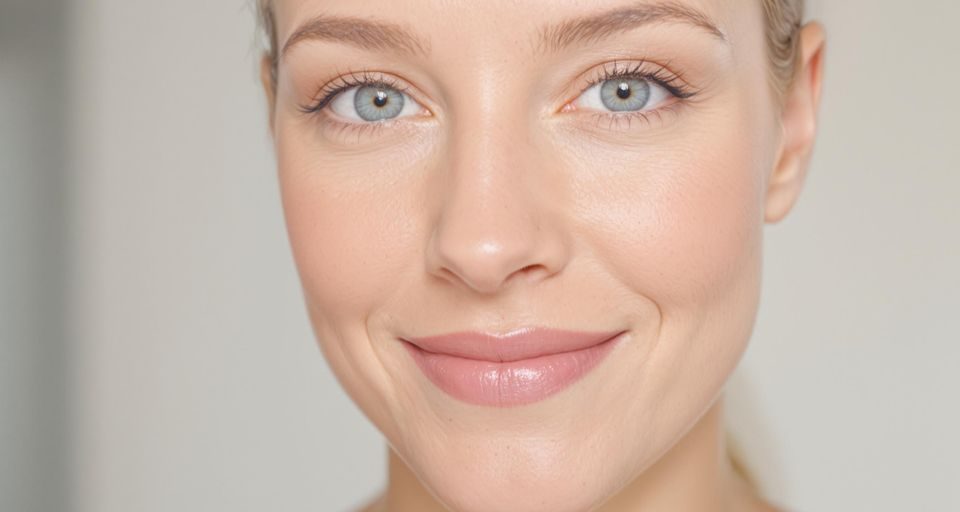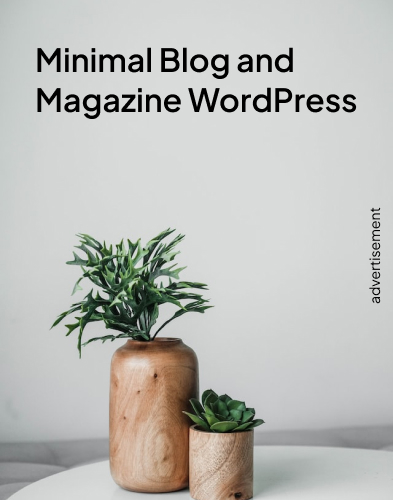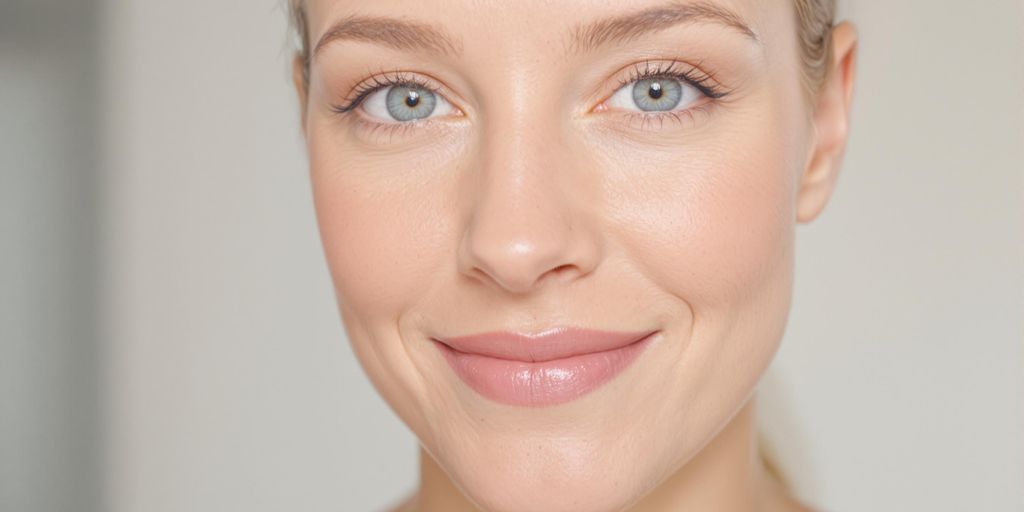Botox vs Fillers: Which Suits You Best?
Alpha Omega Medspa
- June 27, 2025
- 9 Min Read

Deciding between Botox and fillers can feel a bit confusing, right? Both are popular ways to smooth out wrinkles and make you look a bit fresher, but they actually work in totally different ways. It’s not just about picking one over the other; it’s about figuring out what your skin really needs. This article will help you understand the main differences between Botox and fillers so you can make a good choice for your own look.
Key Takeaways
Table of Contents
Toggle- Botox works by relaxing muscles that cause wrinkles, especially good for lines that show up when you make facial expressions.
- Fillers add volume under the skin to smooth out deeper lines and plump up areas that have lost fullness, like cheeks or lips.
- Choosing the best injectable depends on what kind of wrinkles you have and what results you’re hoping for.
Understanding the Core Differences: Botox vs Fillers

Mechanism of Action: How Each Injectable Works
Okay, so Botox and fillers are both injectables, and they both fight wrinkles, but that’s pretty much where the similarities end. Botox works by blocking nerve signals to muscles, which temporarily paralyzes them. This prevents the muscle contractions that cause wrinkles, especially those dynamic wrinkles you get from squinting or frowning. Think of it like hitting the pause button on those muscles.
Fillers, on the other hand, are all about adding volume. They’re gel-like substances (often hyaluronic acid) that are injected under the skin to plump up areas that have lost volume or to smooth out wrinkles. It’s like filling in a hollow space to make the surface look smoother. If you’re curious about how Botox works, it’s all about that nerve signal interruption.
Targeted Areas: Where Each Treatment Excels
Botox is your go-to for those expression lines on the upper face. We’re talking forehead lines, crow’s feet around your eyes, and those annoying frown lines between your eyebrows. Basically, if a wrinkle shows up when you make a face, Botox can probably help.
Fillers are more versatile. They’re great for smile lines (nasolabial folds), plumping up lips and cheeks, filling in under-eye hollows, and smoothing out static wrinkles – the ones that are there even when your face is totally relaxed. If you want to restore some lost volume or enhance your facial contours, fillers are the way to go. Alpha Omega Medspa offers a variety of face treatments to address these concerns.
Choosing between Botox and fillers really comes down to understanding what you’re trying to achieve. Botox is for relaxing muscles that cause wrinkles, while fillers are for adding volume and smoothing out lines. It’s like choosing between preventing a problem and fixing one that already exists.
Choosing Your Best Injectable: Considerations for Optimal Results
Okay, so you’re thinking about Botox or fillers. It’s not just about picking one, it’s about figuring out what’s going to give you the results you’re after. Let’s break down some key things to consider.
Longevity of Results: What to Expect from Each Treatment
One of the first things people want to know is how long the effects will last. With Botox, you’re typically looking at results that last around 3-4 months. Fillers, on the other hand, can last much longer, anywhere from 6 months to over a year, depending on the type of filler used and where it’s injected. This difference in duration can really influence your decision, depending on how often you want to go in for touch-ups.
Think about it this way:
- Botox: Shorter duration, requires more frequent appointments. Great for testing the waters or if you like to switch things up.
- Fillers: Longer duration, fewer appointments needed. Ideal if you want a more lasting change and less maintenance.
It’s worth noting that individual results can vary. Factors like your metabolism, lifestyle, and the specific product used can all play a role in how long the effects last. So, while these are general guidelines, your experience might be a little different.
Ideal Candidates: Who Benefits Most from Botox or Fillers
Botox and fillers address different concerns, so the ideal candidate for each is also different. Botox is best for those pesky dynamic wrinkles – the ones that appear when you make facial expressions, like frown lines or crow’s feet. It works by relaxing the muscles that cause these wrinkles. On the other hand, fillers are better suited for restoring lost volume, smoothing static wrinkles (the ones that are visible even when your face is at rest), and enhancing facial contours. If you’re noticing hollow cheeks or thinning lips, fillers might be the way to go. Optimal filler choice is guided by anatomical considerations, patient goals, and rheological properties.
Here’s a quick rundown:
- Botox: Ideal for dynamic wrinkles, like frown lines and crow’s feet.
- Fillers: Ideal for restoring volume, smoothing static wrinkles, and enhancing facial contours.
- Combination: Sometimes, the best approach is a combination of both to address multiple concerns.
Ultimately, the best way to determine which injectable is right for you is to consult with a qualified and experienced practitioner. They can assess your individual needs and goals and recommend the most appropriate treatment plan. Don’t be afraid to ask questions and express your concerns – it’s all about finding the right solution for you.
Navigating the Treatment Journey: Procedure, Recovery, and Side Effects

Procedure and Recovery: What to Know Before Your Session
Okay, so you’re thinking about getting Botox or fillers? Let’s talk about what actually happens during the appointment and what to expect afterward. For both Botox and fillers, the actual injection process is pretty quick, usually 15-30 minutes, depending on the areas being treated. Most practitioners will use a very fine needle, and some might even apply a topical numbing cream beforehand to minimize any discomfort.
After Botox, there’s usually no downtime. You can pretty much go back to your day. Some doctors recommend avoiding strenuous exercise for 24 hours to prevent the Botox from migrating. With fillers, there might be a little more to consider. You might experience some mild swelling or bruising at the injection sites, which usually resolves within a few days. It’s often recommended to avoid blood thinners (like aspirin or ibuprofen) before the procedure to minimize bruising. Also, steer clear of intense heat (like saunas or hot yoga) for a day or two after getting fillers.
Potential Side Effects: Managing Expectations for Both Treatments
No treatment is completely without risk, so it’s good to know what could happen. With Botox, the most common side effects are temporary and mild – things like a headache, slight bruising, or redness at the injection site. In rare cases, people might experience a temporary drooping of the eyelid, but this usually resolves on its own. It’s super important to go to a qualified and experienced injector to minimize these risks.
Fillers can also cause some temporary side effects like swelling, bruising, redness, or tenderness. More rarely, there’s a risk of infection or a vascular occlusion (when filler is accidentally injected into a blood vessel), which can lead to serious complications. Again, choosing a skilled injector is key to reducing these risks. They’ll know the anatomy of the face and how to inject safely. If you experience severe pain, vision changes, or skin discoloration after getting fillers, contact your doctor immediately.
It’s always a good idea to have a thorough consultation with your injector before getting either Botox or fillers. This is your chance to discuss your goals, ask questions, and make sure you’re a good candidate for the treatment. They can also explain the potential risks and benefits in detail so you can make an informed decision.
Here’s a quick rundown of potential side effects:
- Botox: Headache, bruising, eyelid drooping (rare)
- Fillers: Swelling, bruising, redness, tenderness, infection (rare), vascular occlusion (very rare)
- Both: Allergic reaction (extremely rare)
Wrapping It Up: Your Best Bet for a Fresher Look
So, we’ve talked a lot about Botox and fillers, right? It’s pretty clear they both do cool things for your face, but in different ways. Think of it like this: Botox is for those lines that pop up when you make expressions, like when you’re surprised or frowning. Fillers, though, they’re more about adding back some plumpness where things have gotten a bit flat, or smoothing out those deeper lines that are just always there. Choosing between them, or even deciding to do both, really comes down to what you’re hoping to change about your look. The best move? Chat with a skin care pro. They can take a good look at your face, hear what you’re aiming for, and help you pick the treatment that’s just right for you. It’s all about feeling good in your own skin, and there are definitely options to help you get there.
Frequently Asked Questions
What's the main difference between Botox and fillers?
Botox works by relaxing the muscles that cause wrinkles when you make facial expressions, like frowning or smiling. Fillers, on the other hand, add volume under your skin to smooth out lines that are there all the time, even when your face is relaxed. They can also plump up areas that have lost fullness, like your lips or cheeks.
Which one is better for my wrinkles?
Botox is usually best for wrinkles that show up when you move your face, like lines on your forehead or around your eyes. Fillers are great for deeper lines that are always there, like the ones from your nose to your mouth, or for making your lips or cheeks fuller.
How long do the results of each treatment last?
The effects of Botox typically last about 3 to 4 months. Fillers can last much longer, from 6 months to over a year, depending on the type of filler used and where it’s injected. Your doctor can give you a better idea of what to expect for your specific situation.
Have questions about Botox or fillers? Get in touch with us at AlphaOmegaMedSpa.com.










